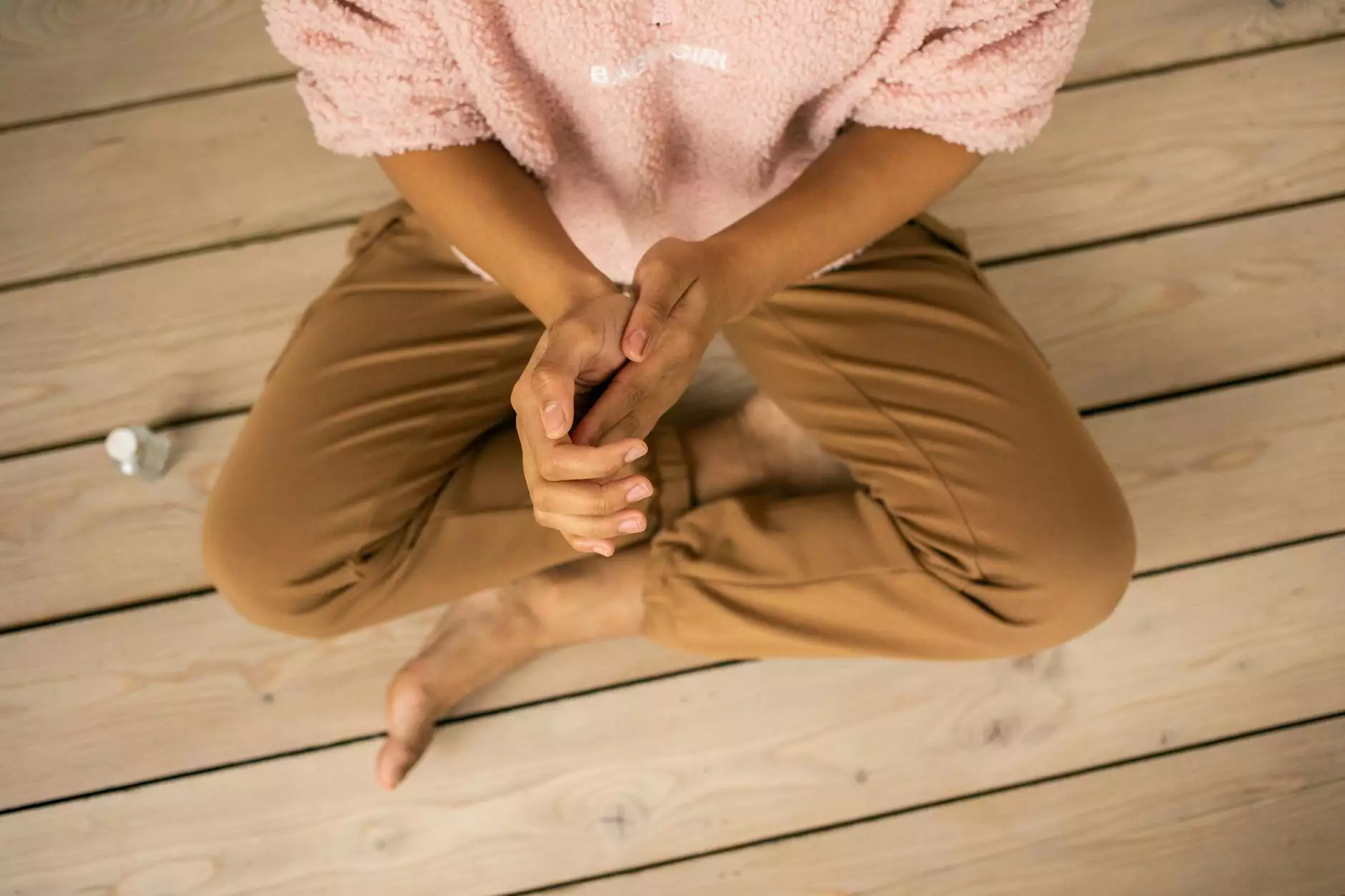How to Make Concrete Non Slippery: A Comprehensive Guide

Concrete is a popular flooring material known for its durability and strength, making it an ideal choice for both residential and commercial spaces. However, one significant downside is that it can become slippery, particularly when wet. This article will explore various methods and techniques on how to make concrete non slippery, ensuring safety for everyone who walks on it.
Understanding the Slipperiness of Concrete
Before diving into solutions, it’s essential to understand what makes concrete slippery. Factors contributing to concrete's slipperiness include:
- Surface Finish: The type of finish applied to the concrete (smooth, polished, etc.) affects its grip.
- Environmental Conditions: Rain, snow, and ice can create hazardous surfaces.
- Type of Use: High-traffic areas might require stronger anti-slip solutions.
Methods to Make Concrete Non Slippery
1. Texture the Surface
Creating a textured surface is one of the simplest methods on how to make concrete non slippery. Texturing increases traction and can be done during the installation or as a retrofitting option.
Common texturing methods include:
- Broom Finishing: Using a broom while the concrete is still wet can create a rough surface.
- Stamped Concrete: This technique involves imprinting patterns on the surface, enhancing both aesthetic appeal and traction.
2. Anti-Slip Additives
Anti-slip additives are materials that can be mixed into concrete to enhance grip. Various types include:
- Silica Sand: Adding fine silica sand provides a gritty texture.
- Rubber Granules: These provide exceptional traction and can also absorb impact.
These additives can be integrated into the concrete mixture before pouring or sprinkled onto the surface while it is still wet. Always follow the manufacturer's instructions for the best results.
3. Sealants with Anti-Slip Properties
Applying a sealant with anti-slip properties is another effective solution. These products create a thin layer on the concrete surface, providing additional grip. Here are steps to apply a sealant:
- Clean the Surface: Remove dirt, oil, and other contaminants.
- Allow to Dry: Ensure that the surface is completely dry before applying the sealant.
- Apply the Sealant: Use a roller or spray to apply evenly across the surface.
- Let it Cure: Allow the sealant to cure as per the manufacturer's instructions for optimal performance.
4. Use Non-Slip Mats and Tapes
For temporary solutions, non-slip mats and tapes can be effective.
- Non-Slip Mats: Place these in high-traffic or wet areas to reduce slipping risk.
- Non-Slip Tapes: Adhesive tapes can be applied directly to the concrete in areas requiring more grip.
Both options are easy to install and can be removed or replaced as necessary.
Best Practices in Preventing Slippery Concrete Surfaces
In addition to the methods mentioned above, employing best practices remains crucial in preventing concrete from becoming slippery:
- Regular Cleaning: Keep the concrete free of debris, oils, and moisture.
- Address Spills Immediately: Clean up any spills as soon as they occur to prevent slick spots.
- Use Proper Drainage: Ensure that the area has proper drainage to avoid water pooling on the surface.
Maintaining Non-Slip Concrete
Once you've enhanced your concrete's grip, maintaining it is vital to ensure continued safety:
- Inspect Regularly: Check for wear and tear or changes in texture.
- Reapply Sealants: Depending on foot traffic, consider reapplying sealants every couple of years.
- Conduct Seasonal Maintenance: In winter, ensure that ice-melting compounds do not deteriorate the surface.
Conclusion
Making concrete non-slippery is essential for ensuring safety on your premises. By understanding the causes of slipperiness and employing effective methods such as texturing, using anti-slip additives, applying sealants, and maintaining good practices, you can significantly enhance the safety of your concrete surfaces.
If you’re a business owner or responsible for a facility’s maintenance, implementing these strategies can prevent accidents and improve usability. For more advanced solutions, consider hiring professionals from ND Clean, specializing in Home Services, Flooring, and Office Cleaning.
Investing in non-slippery concrete today will lead to safer environments tomorrow. Don't wait; take action now!









